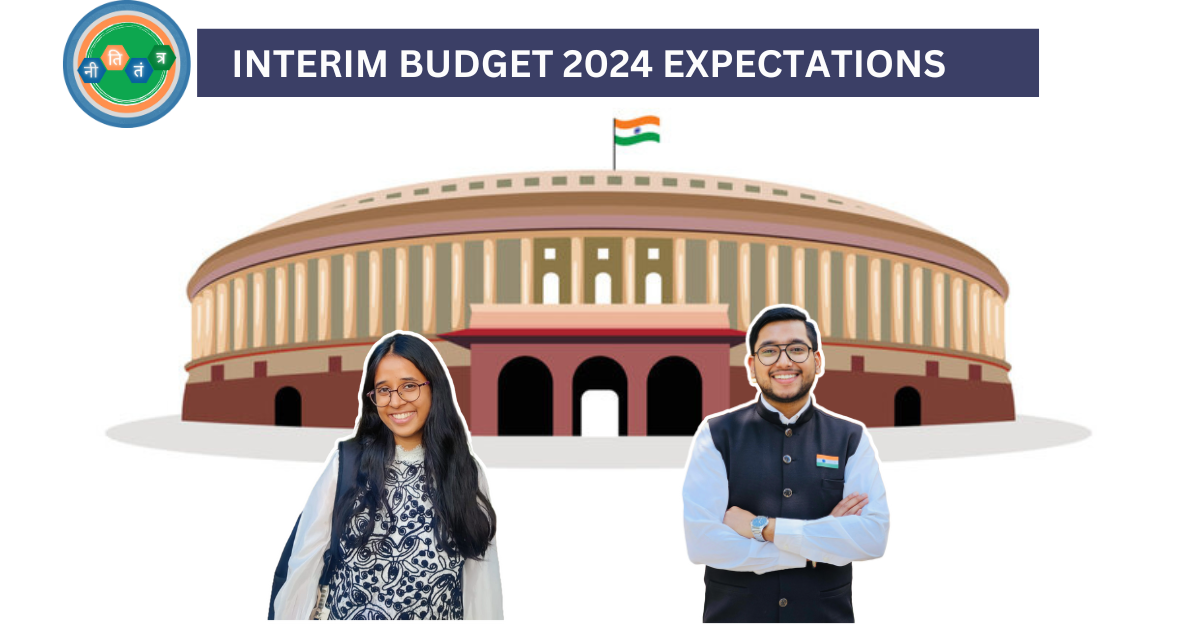Finance Minister Nirmala Sitharaman is set to present an interim budget on February 1, providing insights into the fiscal outlook before the new Government takes charge after the Lok Sabha elections. Interim budgets typically refrain from major policy declarations, reserving comprehensive financial plans for the new Government’s tenure. While groundbreaking announcements may be limited, this budget sets the tone for economic priorities and signals the trajectory for the complete budget after political stability.
This year’s budget unfolds against the backdrop of ‘Viksit Bharat,’ symbolizing a vision for a developed India. It embodies the aspiration for a nurtured and evolved nation, focusing on comprehensive development and progress. As Budget 2023 opened doors to an ‘Amrit Kaal’ for India’s next 25 years, the fiscal agenda for Viksit Bharat centers on providing opportunities, especially for the youth, fostering growth, and fortifying macroeconomic stability. The goal remains the establishment of Atmanirbhar Bharat, addressing poverty and enhancing economic infrastructure.
The Union Budget 2023 illuminates a focus on education, with a historical allocation of ₹1,12,899.47 crore, articulating the vision of Amrit Kaal, signaling a commitment to fostering a knowledge-based economy. The strides in infrastructure development, marked by a 33% increase in Capex to ₹10 lakh crore, are noteworthy, but questions linger about whether this is sufficient for India’s ambitious growth goals. The green initiatives aiming for net-zero carbon emissions by 2070 and the push for green mobility contribute positively to the environmental agenda.
However, the budget’s treatment of healthcare is notably restrained, considering the post-COVID context. The GDP growth projection of 10.5% for 2023-24 raises skepticism, especially amid global uncertainties. Taxation reforms indicate an effort to ease the public burden, yet the impact on Government revenue and expenditure remains uncertain. As the 2024 elections loom, the budget review underscores the need for a more balanced allocation, transparent projections, and a heightened commitment to addressing immediate and long-term societal needs. Crafting Budget 2024 requires a careful reflection on the lessons learned from the strengths and pitfalls of Budget 2023, ensuring a more inclusive and sustainable economic trajectory for India.
India is expected to grow by a healthy 7.3% in 2024 despite global challenges, driven by strong local demand, increased spending, and resilient exports. However, inflation is a concern, hovering around 5% due to higher food and fuel prices. The Reserve Bank of India (RBI) is likely to continue controlling inflation with a tight monetary policy. The Government aims to manage its finances well, targeting a fiscal deficit of 5.9% of the GDP in 2024. This approach allows for necessary investments while ensuring financial stability. Budget 2024 will focus on improving infrastructure, creating jobs, and boosting economic activity. To address the growing workforce, more efforts are needed in skill development and entrepreneurship for increased job opportunities.
The Government is being careful with its spending, aiming to keep the budget deficit in check. This frees up money for important things like building roads and bridges, which should create jobs and boost the economy even more. The upcoming budget is expected to pour even more fuel on this infrastructure fire.
India does face challenges like the global economic slowdown affecting exports and foreign investment, along with rising geopolitical tensions that can disrupt supply chains and impact the economy. High unemployment, especially among young people, needs attention through skill development and job creation efforts. However, India also has opportunities such as utilizing its young population for economic growth and innovation, embracing digital technologies for efficiency, and capitalizing on the growing manufacturing sector to attract investment and create jobs. Balancing these challenges and opportunities is crucial for India’s economic progress.
Click Here To Download The Paper



📌Analysis of Bills and Acts
📌 Summary of Reports from Government Agencies
📌 Analysis of Election Manifestos

